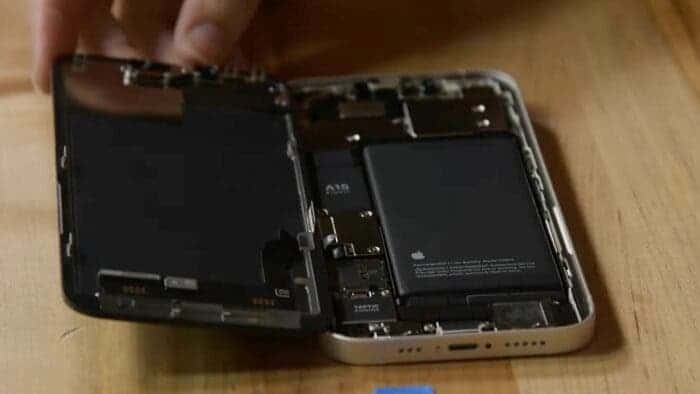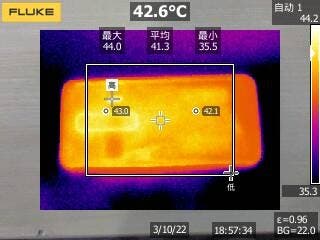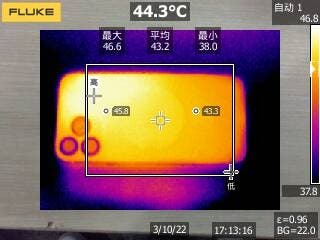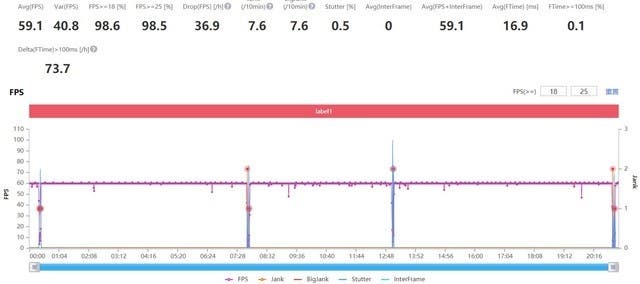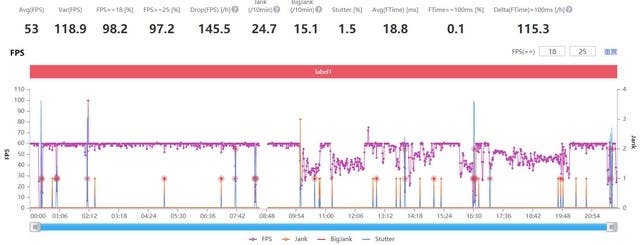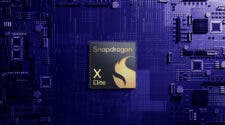Over the past few years, there have been many smartphones for gaming in the Android market. All these smartphones emphasize one thing, heat dissipation. These devices come with an active cooling system such as air cooling. Not to mention putting fans into mobile phones for active heat dissipation, and even passive heat dissipation such as VC liquid cooling. However, despite its top chip which can handle gaming, iPhones do not care about cooling. So what are the reason(s) why Apple’s iPhone does not pay attention to heat dissipation? We have some possible reasons below
Gaming with iPhones show that they need proper heat dissipation
A test of the iPhone 13 Pro Max and the Nubia Red Magic 7 shows that the former needs a good heat dissipation system. The test uses both smartphones to play “Genshin Impact” for about 20 minutes. The picture quality was set to extremely high quality, and the frame rate was 60 frames.
The test reveals that the average temperature of the back cover of the iPhone 13 Pro Max is 43.2°C. Also, the highest temperature is 46.6°C while the lowest temperature is 38.0°C. Because the frame is metal, it feels obviously hot. The average frame rate of the game is 53 and it runs relatively smoothly. However, mid-way through the game, there were some stutters.
For the Nubia Red Magic 7, the average temperature of the back cover is 41.3°C. The highest temperature is 44.0°C while the lowest temperature is 35.5°C. Although the frame of the Red Magic 7 is also metal, we can barely feel the temperature because of its cooling fans. The average frame rate of the game is 59, and it runs very smoothly, with almost no stuttering.
From the game test results of the iPhone 13 Pro Max and Red Magic 7 playing “Genshin Impact”, the iPhone 13 Pro Max is not as good as the Red Magic 7 in terms of the temperature of the back cover or the frame rate of the game.
This shows that Apple may need to pay attention to the cooling of the iPhone. However, it is not. Here are the most probable reasons why the iPhone does not pay attention to heat dissipation
1. Apple’s pursuit of design and beauty affects heat dissipation improvement
As we all know, stacking heat-dissipating materials in a mobile phone takes up a lot of internal space. For the internal space of a mobile phone, every extra inch of heat-dissipating material occupies an inch of space for other components.
If the heat dissipation material and other components are to be installed at the same time, this will inevitably lead to a thicker and heavier fuselage. This is unacceptable for Apple’s iPhone which pursues a thin and light feel design.
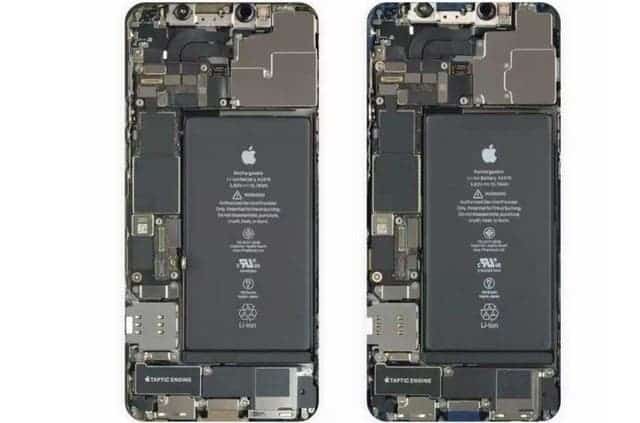
Dismantling the iPhone, iFixit reveals that the internal structure of Apple’s latest iPhone is very compact. The placement structure is simple and orderly. If it adds heat dissipation materials, it will conflict with the simple design beauty principle inside Apple’s iPhone.
2. Apple’s “uniformity” checks heating issues
It is easy for Apple to control parameters that raise the temperature of its devices. This is because of the “uniformity” of Apple’s ecosystem. For Android, we have the open Android system + third-party manufacturers’ hardware + open third-party application stores. The design at any of these levels could cause the device to heat up easily. Thus, there is a need for a proper heat dissipation system.
Gizchina News of the week
However, for Apple, Apple’s iOS system + Apple’s hardware + Apple’s closed application store. Thus, Apple is in control of all the levels along the way. We can simply characterize the iOS camp to have a “uniform and central” nature. This uniform nature makes heating not much of an issue.
For example, the same application software running on different brands of Android phones will basically have a large user experience gap due to different optimization and hardware configuration. In order to have a better user experience, Android mobile phone manufacturers must stack materials. This includes paying attention to heat dissipation, in order to obtain a better user experience.
Apple’s iPhone is different. Its powerful hardware configuration, coupled with the unified App Store checks the quality of application software. This enables the iPhone to obtain a better user experience.
3. iPhones do not heat up during short gaming
From user experience, if a does not play the game for a long time, the iPhone does not heat up. Thus, the general user experience remains intact. The iPhone needs long time gaming (30 minutes to 1 hour) for the heating to be noticeable. To Apple’s advantage, its fan base does not buy iPhones for gaming. Thus, it does not have many mobile long-time gamers who well rely on the iPhone.
iPhone users buy the device for prestige, taking pictures, communicating and sending text messages, and occasionally gaming. This also means that there are not many scenes and time for the heat dissipation to play a role. Perhaps, Apple thinks it is unnecessary to pile up heat dissipation materials for usage scenarios that are not so common.
In addition, if consumers are not satisfied with the user experience of playing games on the iPhone, they can buy Android phones with better heat dissipation. Apple is open to users buying Android phones. Once upon a time, Apple CEO Cook directly recommended consumers to buy Android phones in response to consumers calling for Apple to open up third-party application installations.
4. Apple’s powerful hardware sometimes permit gaming in power-saving mode
As we all know, Apple’s hardware performance has always been ahead of the Android competitors. Taking the A15 versus the new generation Snapdragon 8 Gen 1 as an example, test results show that in terms of CPU multi-core, the energy consumption ratio of A15 is 570 points/W, while the Snapdragon 8 Gen 1 is only 343 points/W. This means that the Android flagship processor is nearly 40% behind. Although the Dimensity 9000 will reduce this gap, the reduction will not be significant.
The same is true for the GPU energy consumption ratio. The Snapdragon 8 Gen 1 is 3.84 points/W, while the A15 is 6.84 points/W. The latter is almost 50% ahead. Apple’s hardware is so powerful that the iPhone can play a lot of games smoothly in power-saving mode. The power-saving mode is mainly to control the CPU power. As long as it is not overheated, you can play smoothly, which also makes the heat dissipation insignificant.
Conclusion
It is not that Apple does not care about heat dissipation. The truth is that there is really no need for stacking heat dissipation materials on the iPhone presently. From its kind of customers to its good hardware, only a small chunk of iPhone users will have reason(s) to complain about heat dissipation.
If one day Apple starts to pile up heat-dissipating materials, it will be that there are more consumers who spend longer time playing games, or that Apple’s combination of software and hardware has lost its advantage over Android.

